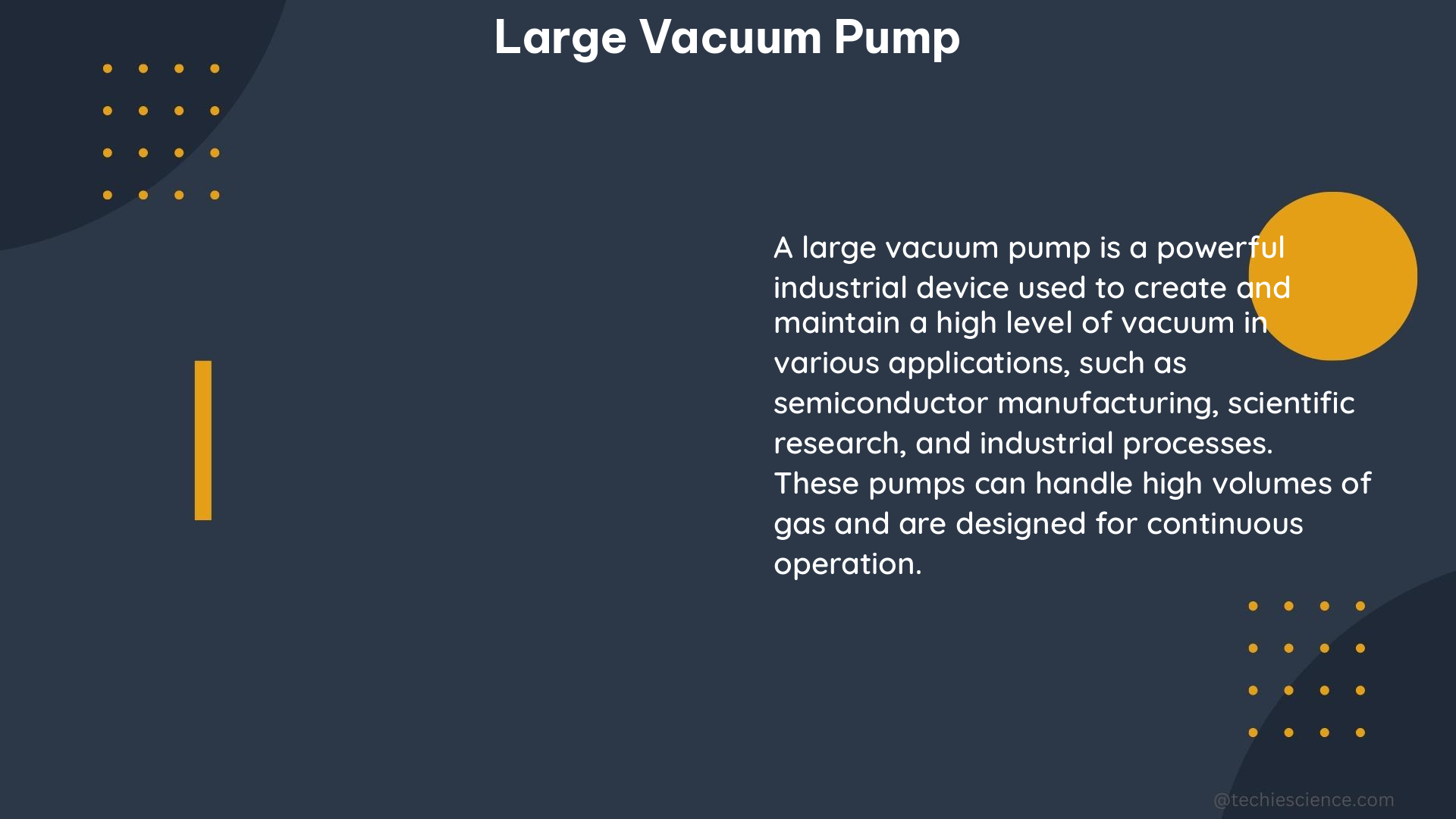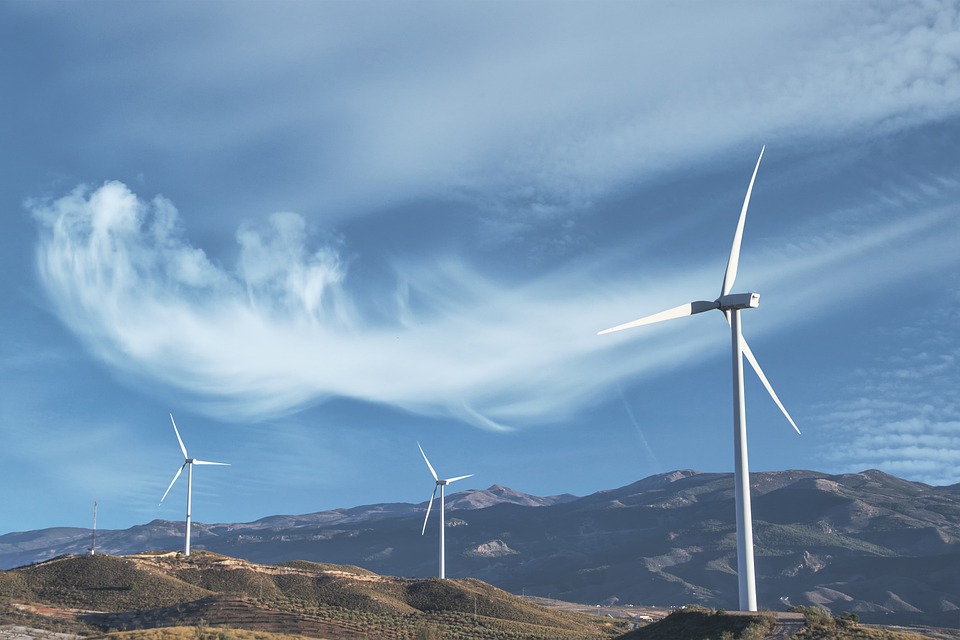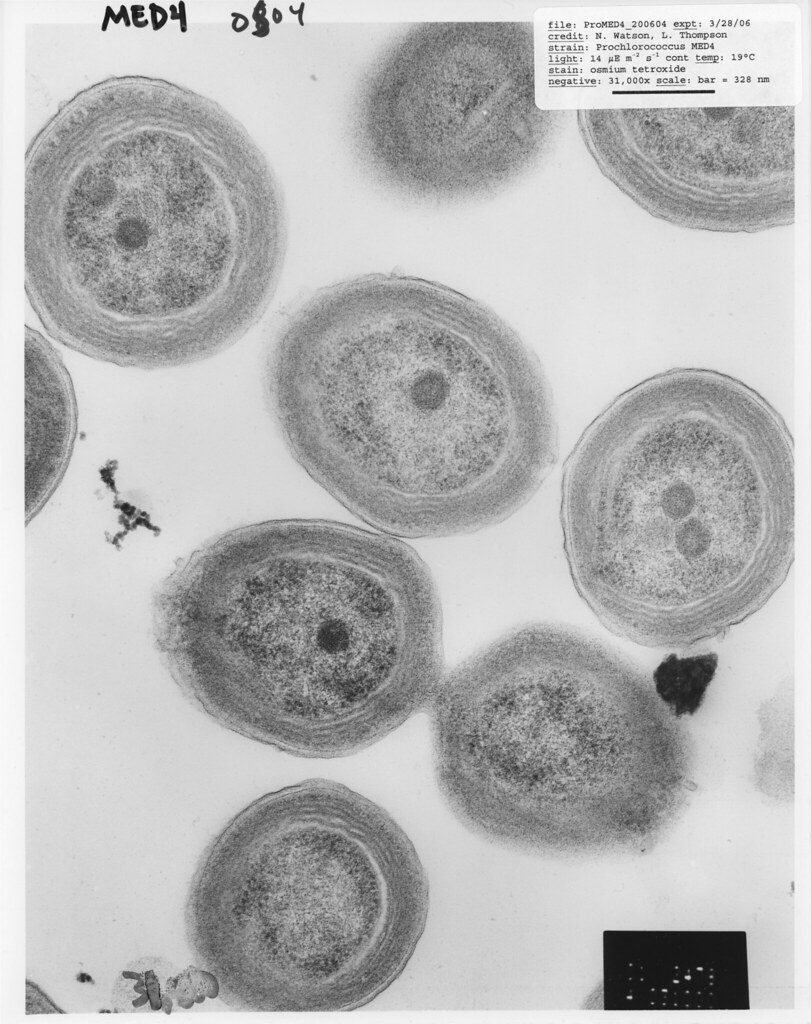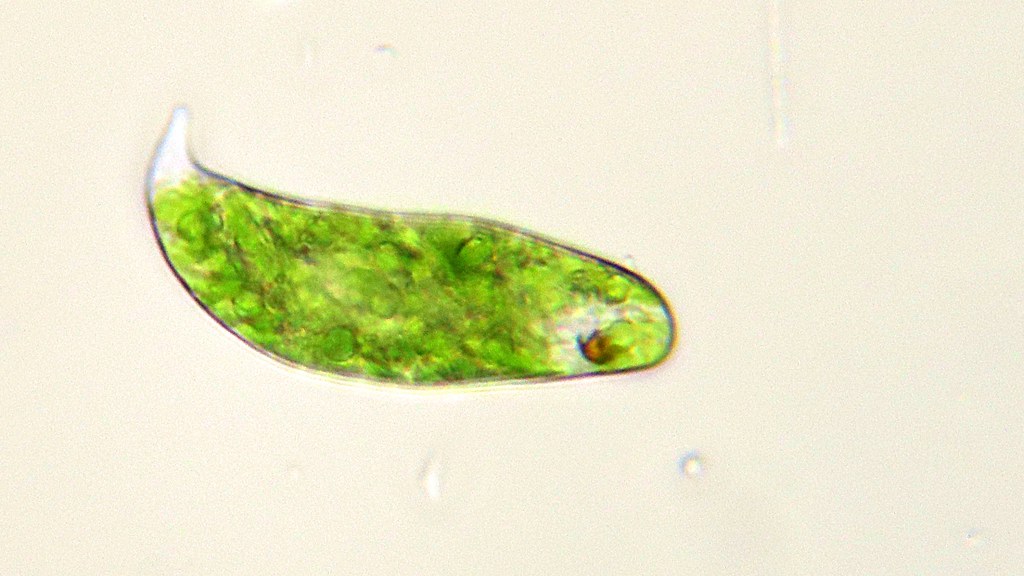This post gives you a detailed explanation of how and when kinetic energy is converted to electrical energy and its examples.
Kinetic energy is the energy under its motion and electrical energy is work done or energy consumed by an electrical device. The modification of magnetic flux is generated by comparative shifting in the middle of a coil and magnet. Build a coil at relaxation and build a magnet operating parallel to the coil creating kinetic energy and it converts into electricity.
How is kinetic energy converted to electrical energy?
Tides are brought about by the gravitational pull of sun and moon and earth rotation. Gesticulation of tides generated tidal energy the potency of the water deriving out of mount and plunge of tides is an embodiment of kinetic energy. Tidal capacity encompasses gravitational water power that utilizes the motion of water to thrust a turbine to produce electricity.
In tidal barrages, over-fall gates upon the barrage jurisdiction water levels and streamline flow to receive the tidal brim to exuberate upon introgression elevation tides and to vacant via electricity generator system on the uninhibited tide. These systems generate electricity from both introvert and extrovert tides by using kinetic energy.
When kinetic energy is converted to electrical energy?
The character of kinetic energy is to spin the wire beneath the magnetic field source. The magnetic field force fascinates the electrons inwards the copper which in succession also line up spin, in each gyration the electrons flirt polarity and origin the electrons to wiggle and generate a rotating magnetic field all over the wire both counter-clockwise and anti-clockwise and generate electricity.
Concurrently as the electric field that grabs the proton and electron coexist inwards the copper atom is emphasized due to the existence of a hardened magnetic field around the wire, net electromotive force potentiality inwards the wire is also generated and this influence among the magnetic and electric field is electricity.
The above process concludes that kinetic energy seeds the swinging electromagnetic field over the wire that can be broached and generate electricity.
Where is kinetic energy converted to electrical energy?
In a traffic scene, the electrokinetic energy road ramp is designed to generate electricity using kinetic energy from traffic this free energy would otherwise be lost.
The ramp achieves this by employing articulating plates that move up and down under the impact delivered by the vehicles and these plates in turn connected to a mechanism that drives a specially developed flywheel that has very low inertia from rest.
Which can store a significant amount of kinetic energy this, in turn, drives the generator with an electrical control that alters the magnetic field enabling the mechanism to reach its maximum ramp and produce electricity. A ramp is of an advanced design resulting in the extremely efficient conversion of kinetic energy to electricity.
Kinetic energy to electrical energy formula ?
The formula to convert kinetic energy (1/2mv^2) to electrical energy (Energy = P*t) is,
1/2 mv2 = p*t
Where m is the mass of the object, v is the speed of the object, P is the power and t is the time.
Kinetic energy to electrical energy generator?
As I mentioned above electric generator is a gadget that modified kinetic energy to electrical energy via electromagnetic induction.
An electrical energy generator contains a rectangular coil, two permanent magnets, and two rings and attaches the axle to a ring, in this generator kinetic energy is transferred to electrical energy by producing electricity.
Two conducting brushes b1 and b2 are get pressed separately in the rings r1 and r2 and the outer ends of these brushes are connected to a galvanometer to show the flow of current these two rings are internally attached to the axle which is used to rotate inside the coil mechanically from outside the system.
When the axle is rotated mechanically (kinetic energy) such that an arm AB is moving up and CB is moving down in the magnetic field produced by the permanent magnet and the coil is rotating clockwise in the external magnetic field and apply Flemming’s left-hand rule to this coil then current is induced along ABCD hence the electricity is generated. This concludes that kinetic energy is converted into an electrical energy generator.
Kinetic energy to electrical energy efficiency
In a wind turbine, the heave forces permit the blade spike of a wind turbine to budge faster than the breeze is operating producing more power and towering – efficiencies. In this process, the kinetic energy is converted as electricity (E.E.) of the wind turbine.
According to the mathematical formula of efficiency,
Efficiency=Eout/Ein * 100 %
Here About is the output energy that is electrical energy and Ennis the kinetic input energy
Therefore,
Efficiency= E.E./K.E.×100%
Kinetic energy to electrical energy examples
20+ kinetic energy to potential energy examples with their detailed explanations are stated below
- A wind mill
- The Spinning of magnetic field source
- The tides
- Road ramp system
- An electrical generator
- Wind turbines
- Flywheel
- Piezoelectric crystal
- Steam turbines
- Hydroelectric turbines
- Foot step technology
- Solar panels
- Geothermal power plants
- Nuclear reactors
- Kinetic watches
- Moving train
- Flying airplanes
- Infinity cell
- Radio
- Dynamo
- Pedaling a bike
A Wind mill
If the blowing wind can turn the wing, we will accept electricity deriving out of the generator which is connected to it. Meanwhile, gaze at the blade intimately the blade consists of an air-wing and transaction comprise of dissimilar appearance and dimensions through the root caps. The air-wing technology constructs the wind turbine blade to revolve this conveys that a heave is created when liquid shift above the air-wing thus winds attain circumrotation and provide kinetic energy transfer electricity via a generator.

The Spinning of magnetic field source
The character of kinetic energy is to spin the wire beneath the magnetic field source. Concurrently as the electric field that grabs the proton and electron coexist inwards the copper atom is emphasized due to the existence of a hardened magnetic field around the wire, net electromotive force potentiality inwards the wire is also generated and this influence among the magnetic and electric field is electricity.
The tides
When the tides exterior the hurdle move away the water hold on to be set free via turbines creating kinetic energy and generator bring out energy along with water currents and produce electricity.
Road ramp system
The ramp achieves this by employing articulating plates that move up and down under the impact delivered by the vehicles which can store a significant amount of kinetic energy this, in turn, drives the generator with an electrical control that alters the magnetic field enabling the mechanism to reach its maximum ramp and produce electricity.
An electrical generator
When the axle is rotated mechanically (kinetic energy) such that the magnetic field produced by the permanent magnet and coil is rotating clockwise in the external magnetic field and apply some rule to this coil then current is induced along the arms hence the electricity is generated. This concludes that kinetic energy is converted to an electrical energy generator.

Wind turbines
The direction of the wind revolves the undercarriage face towards the wind energy which is kinetic energy rotates the turbine blades throughout the rotor generating the kinetic energy the rotor affix to the major shank which divert inwards the generator and captivating rotor gyrate inwards the loops of brass wire this seed the electrons the brass to slide forming electrical energy.
Flywheel
The motor which spins a flywheel its motion stores kinetic energy the flywheel spins easily because it’s in a vacuum-sealed container levitated by a magnet and riding on special bearings when initiated by the control system the electric motor becomes a generator that delivers enough electricity.

Piezoelectric crystal
In the hammer the kinetic energy is stored in the spring the hammer then strikes a piezoelectric crystal and when we hit this generates a voltage there will be a gap between the lighter and hammer in the crystal and when we press this piezoelectric crystal it generates electricity.
Steam turbines
Steam in the blades of the rotating turbine form kinetic energy and the turbines are combined with the alternator with a pivot, which in succession generates energy through a field of force fabricating an electric current.
Hydroelectric turbines
The flowing of water from the dam creates kinetic energy then water passage via turbine blades it operates the generator it produces electricity by converting kinetic energy.
Foot step technology
Pavegen has generated energy from people’s footsteps every time people walk on that technological system built on the road their kinetic energy turns into electricity.
Solar panels
When the sun glows onto a solar panel, energy deriving out of the sunlight is sucked up the photovoltaic cells in the panel solar energy is kinetic energy because of the quivering of molecules this energy generates electrostatic-charge moving with the influence of the internal electric field to produce electricity.

Geothermal power plants
The mist emanates from a pond of boiling water found down the earth’s surface the moisture diverts a turbine kinetic energy is created which operates the generator to produce electricity.

Nuclear reactors
When nuclei break a huge quantity of energy is liberated the substantial source is kinetic energy which creates a stipe inwards the reactor generators the electricity.
Kinetic watches
Kinetic watches have a fluctuating mass which spins by-the gesture of the wrist whereupon the watch is shabby these-motion-make-a-magnetic-charge-in-the-watch-divert-into-electricity.
.

Moving train
A fast-moving train squeezes the air afore it and thrust the air its sides move ahead the kinetic energy of the breeze motion created perchance gives rise to electricity.

Flying airplanes
Alternator utilizes engines revolving power create kinetic energy gyrate magnets climb inside the field coil which generate electricity.
Infinity cell
The iPhone uses a kinetic energy charger which is called an infinity cell that utilizes our anatomy gesticulation to generate electricity.

Radio
As the spring chill, the potential energy forms the kinetic energy, and this kinetic energy is transformed by the generator into electrical energy.
Dynamo
The dynamo has a ring come into contact with the rear tire and as the pedal cycle pass kinetic energy is created then the ring rotates magnet inwards a coil which persuades adequate electricity to sprint the pedal cycle lights.
Pedaling a bikes
The pivoting of bike wheels creates kinetic energy and the alternator utilizes the sequence of a rheostat, condenser, and converter to transform the kinetic energy into electricity.












